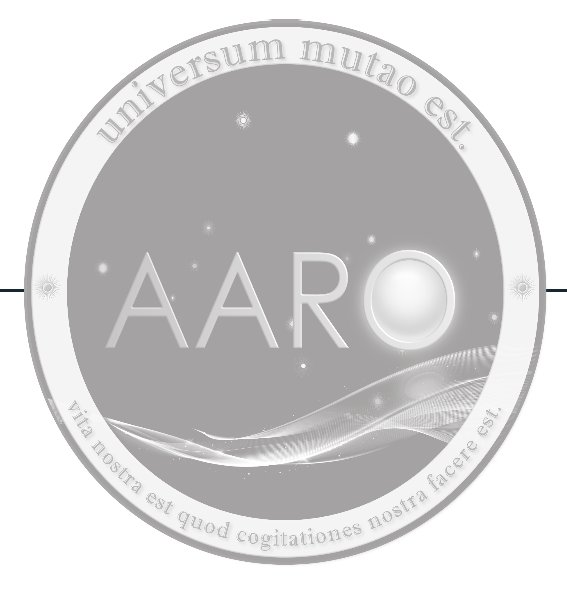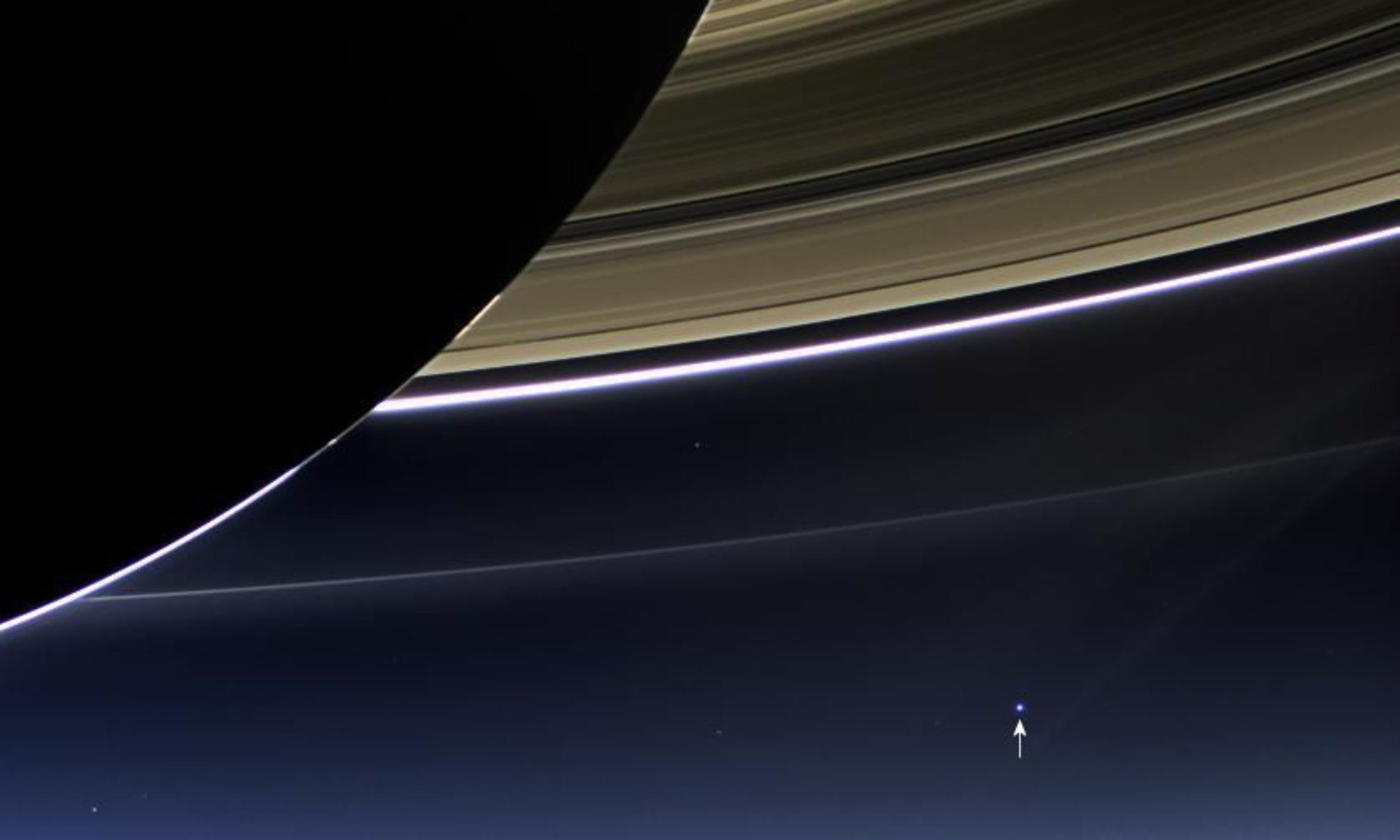Two important documents were made public in January that pull back the curtain on AARO. Both showcase the government’s new and evolving stance on UAP investigations, and UFO disclosure generally. One is the 2022 UAP report, which I wrote about here. The other is an AARO slide deck presentation, which I will parse below. Both documents suggest an encouraging shift in tone and perspective from predecessors Scott Bray and the UAPTF.
You can find an easily copy/pasteable version of the slide deck in this archive, under the DoD section.
The fact that this presentation was even given and allowed to be public is significant. It was presented to the Transportation Research Board (TRB), National Academy of Engineering, on January 11, 2023. The deck was somehow procured by D. Dean Johnson, who posted it on his twitter (@ddeanjohnson). It’s not classified, but my understanding is it was not intended to be disseminated outside of the closed group. We know that AARO is now tasked with being the media and external-partner face of the government’s UAP investigation. Maybe Kirkpatrick is honing his presentation skills while also engaging with some of those partners.
First thing to note form the deck is a new definition for UAP.
“UAP are sources of anomalous spaceborne, airborne, seaborne, or transmedium observations that are not yet attributable to known actors or causes.”
Contrast this with how the 2022 UAP report, released about same time, defines UAP: “Airborne objects not immediately identifiable.”
It’s not just that AARO is admitting for the first time that UAP are in space and oceans and transitioning in between. Almost more significant is the second clause, “not yet attributable to known actors or causes,” which has a more earnest and optimistic tone, implying that UAP are real objects resulting from real actors that will be identified in due time.
This point is made into a firm commitment in AARO’s Mission Statements, which was also unknown to the public before now:
“Mission: minimize technical and intelligence surprise, by synchronizing scientific, intelligence, and operational detection, identification, attribution, and mitigation of unidentified, anomalous objects in the vicinity of national security areas.”
Let’s break down these three clauses. 1) Minimize surprise is a technical term based in the IC’s Analytic Standards, and also a primary national security goal. The point of all intelligence gathering is to provide leaders with enough data and conclusions about a situation so that they are not surprised as events unfold. While DoD has been happy to ignore this principle for UFOs, Congress seems to be particularly worried about being caught by surprise. 2) The synchronize clause lists all the ways UAP will be dealt with by AARO. Not just identification, but also attribution to those “known actors or causes”, and also mitigation, which presumably means somehow removing them from the field. 3) AARO is only focused on UAP in US restricted areas, mainly military.
In other words, AARO is committed to explaining what UAP are, and stopping their incursions into restricted airspace.
There is also a vision statement, full of signifiers of AARO’s approach: use of normalized DoD, IC practices; highest scientific and intelligence-tradecraft standards; transparency.
Under the section titled “Key scientific and intelligence questions”, ARRO will assess the “technological gap between phenomena and the United States.” This is the right question because it will help to quantify observed UAP capabilities. There is also this odd phrase: ”The disposition of observed phenomena.” Disposition suggests not only behavior but motivation. Another synonym might be personality. We typically don’t say an act of nature or a spy balloon has a disposition.
Slide 4 contains this much discussed sentence:
“The potentially ubiquitous presence of UAP defines the national-security implications and drives the broad range of stakeholders…”
Considering AARO thinks UAP are real and possibly not misidentifications, calling them potentially ubiquitous significantly expands the definition and the mystery. The notion that UAP are conventional objects and foreign systems for which we just lack data, and this is happening everywhere all at once, does not stand up to logic.
This stance is notably different from the stance of the UAP Task Force, and pushed by Scott Bray. Remember this line from the 2021 Preliminary Report:
“UAP PROBABLY LACK A SINGLE EXPLANATION: The UAP documented in this limited dataset demonstrate an array of aerial behaviors, reinforcing the possibility there are multiple types of UAP requiring different explanations.”
The assumption behind this statement is that military personnel are not seeing UAP caused by a single source. The aviator over the Atlantic probably saw a balloon; the one over the Pacific probably saw a drone; the one over Iraq probably saw a weird cloud, etc. There’s no pattern and no single source. All the sightings are random and meaningless. This Scott Bray-ism seems to have been discarded. It is not repeated in either the 2022 report or the AARO slide deck.
Instead, AARO is treating UAP as a much more serious potential threat, and therefore more real. Not random unattributable somethings, but a clear pattern of recorded behavior that poses “threats to the immediate safety of US citizens and Government facilities,” which in turn must be mitigated.
AARO keeps promising to provide what Congress has asked for: analytic conclusions about UAP. Language on Slide 5 of the deck repeats this promise:
“Interdisciplinary Analyses: delivering peer-reviewed conclusions through deliberate syntheses of scientific and intelligence method, tradecraft, tools, and expertise.”
So far, when pressed to draw a conclusion about UAP, all anyone in the government will say is that they don’t have enough data yet. AARO is at least signaling that they won’t maintain this excuse indefinitely. The 2022 report said the same thing: “Per the NDAA, AARO delivers quarterly reports on UAP to policymakers that contain greater detail regarding analysis and attribution of UAP events.” Congress also required the report to contain that analysis, but if we give the benefit of the doubt, AARO is set to deliver at least some firm answers this year.
Slide 7 contains some lines that make you wonder: If UAP were not a real, anomalous phenomenon, why would AARO be asking about this? A few examples from a list described as “what kind of information would be necessary and sufficient for UAP analyses”:
- Indications of advanced and/or enigmatic capabilities
- UAP behavior, including whether under apparent intelligent control, apparent response to observation and/or observer presence, and apparent indications of indifference or hostility
- Any physiological, psychological, or other effects apparently corresponding to the UAP observation
The slide deck was also the first reveal of AARO’s official logo:

Despite the fact that the logo features space, a mysterious wave formation, and a circle that evokes the image of a disc-shaped UFO, there is also the Latin phrase: universum mutao est; vita nostra est quod cogitationes nostra facere est. This comes from Book 4, section 3 of Meditations by Marcus Aurelius. Here is the best translation I have found: “This world is mere change, and this life, opinion.” But really, one needs to read the full passage to understand the quote’s significance.
“One, that the things or objects themselves reach not unto the soul, but stand without still and quiet, and that it is from the opinion only which is within, that all the tumult and all the trouble doth proceed. The next, that all these things, which now thou seest, shall within a very little while be changed, and be no more: and ever call to mind, how many changes and alterations in the world thou thyself hast already been an eyewitness of in thy time. This world is mere change, and this life, opinion.”
By this moto, AARO is aligning itself with the idea there are objects external to us, and that that very externality means we project onto it definitions that can and will change over time. This can cut both ways through UFO discourse. Maybe AARO is saying everyone should be careful about projecting their own opinions on UAP, wait for the data. Maybe AARO is saying these objects, when they become known, will bring about a major change in the world. Maybe it is saying both things at once.
Here is a similar thought, located in Book 8:
“That which the nature of the universe doth busy herself about, is; that which is here, to transfer it thither, to change it, and thence again to take it away, and to carry it to another place. So that thou needest not fear any new thing. For all things are usual and ordinary.”
There is nothing truly anomalous, from the perspective of the universe. All things in nature will be known in time, and there is no need to fear any new thing no matter how strange it may seem at first.
I submit that this is not the logo, and not to the mission, of an organization that has set itself to proving UAP are sensor glitches and misidentification of conventional objects. Kirkpatrick and his team seem to have loftier, more expansive ambitions. Ambitions that forebode significant change to the world and how we understand our place in it.
All of this demonstrates that AARO is more open minded than previous government UAP programs, more willing to entertain extreme possibilities, and more willing to put its name underneath those conclusions so long as the data points in that direction. 2022 opened with a congressional hearing where it certainly felt like Scott Bray and Ronald Moultrie were trying to walk back some of the initial startling claims about UAP, trying to carefully put the disclosure toothpaste back in the tube. That era was thankfully short lived. In 2023 we may get Sean Kirkpatrick jumping up and down on that toothpaste tube.

